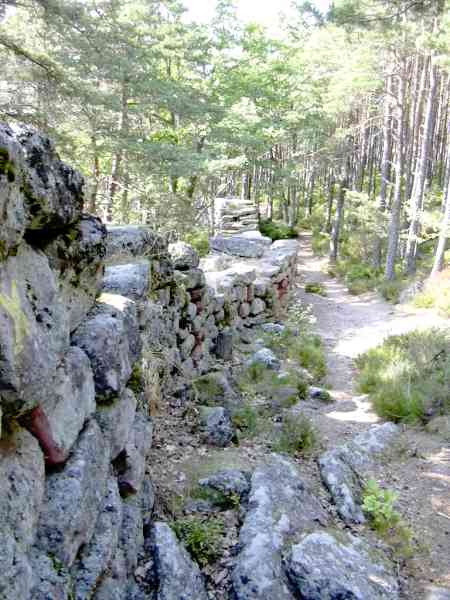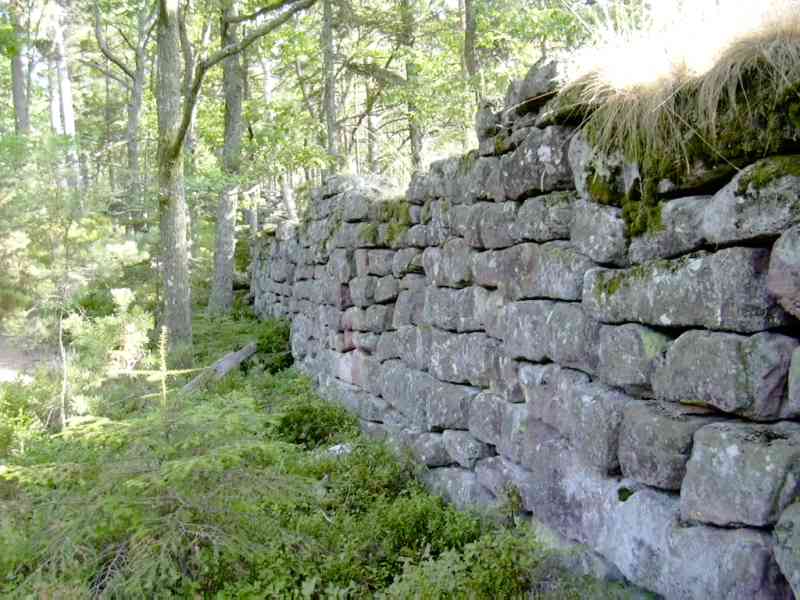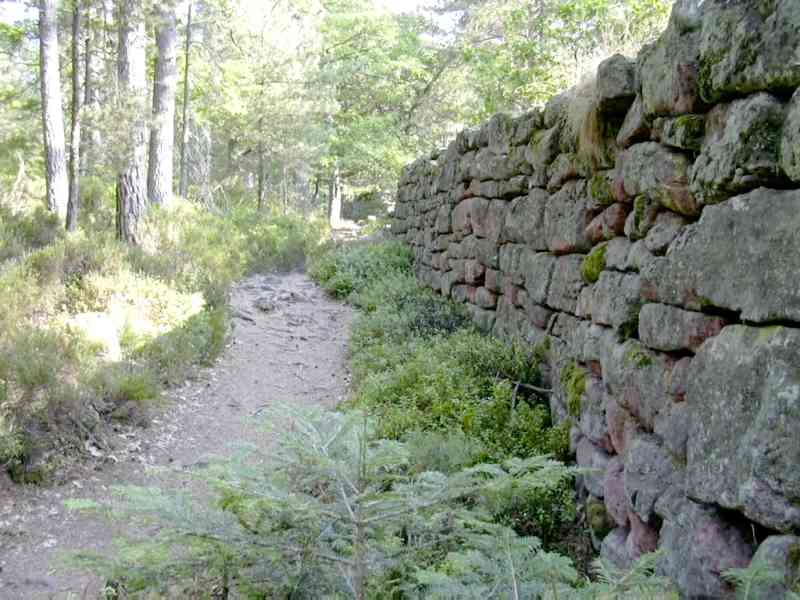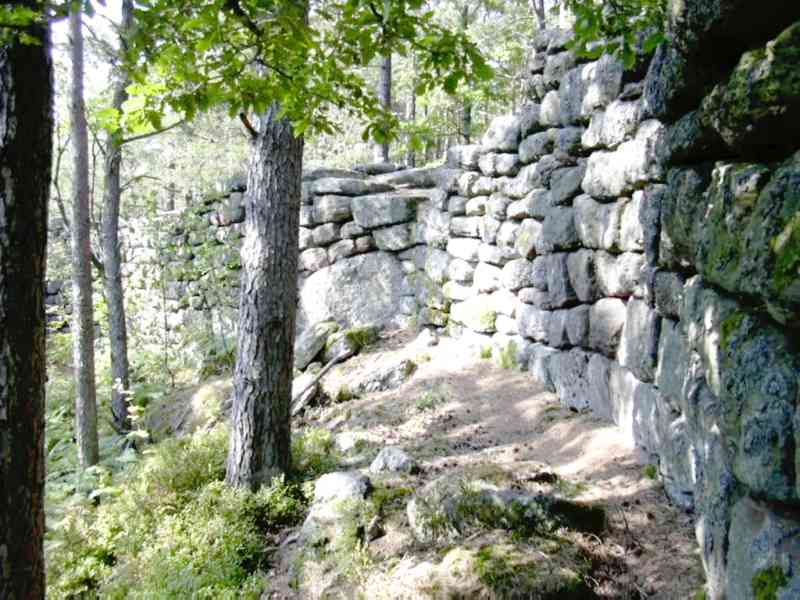
This site is addressed to all those who are interested in history and archaeology. It is neither perfect nor exhaustive, far from it! It is just an introduction to the largest megalithic monument in Northern Europe known so far. Its aim is to provoke curiosity and the desire to go to that place and visit the specific environment of the Wall.
Actually, what is the origin of the name “Pagan”? Pope Leo IX gave it this name in the 11th century because it dates back to pre-Christian times, which were described as “pagan”. So far, its function and origin are unknown. Even if considerable excavations have been carried out, its mystery has never been unveiled.
Currently, there are
2 theses: the wall was used either as a defensive enclosure or as a place
of worship. For my part, I would favour the second theory, because it
would be more in phase with what you feel when in that place.
However, being a non-specialist, I do not want to impose my view. Indeed,
each individual may have their opinion about it.
Here’s my theory: a majority of places of Christian worship used
to be built at spots where temples venerated and attended by animists
or pagan tribes, previously existed. To promote Christianity, those places
were Christianized. Aren’t Christian saints mere substitutes of
former pagan gods and goddesses?
It was the same with celebrations : Christmas used to be an old Celtic
festival of the winter solstice; All Saints day used to be a Celtic festival
of the dead, etc… In the final analysis, Christian celebrations
were the continuity of pagan rites. The transition was to be operated
carefully.
Here on Mount Ste Odile, one can notice the continuity. Indeed, some specialists
(cf. megalithic circle found on the place of the Grossmatt by R. Fohrer
at the beginning of the 20th century) reckon that there was a solar temple
erected on this place, its worship related to the sun and the light. Isn’t
Sainte Odile supposed to bring light to the blind? Therefore it is easy
to see the link between a former solar goddess and Holy Odile. If this
is the case, we could imagine the Pagan Wall was an enclosure meant to
protect the top of the mountain that was dedicated to the worship of the
sun or the stars. How could we check this?



I invite the curious ones who want more on the subject to consult the complete and richly documented books that are mentioned in the documents’ page. Yet, nothing will replace an actual visit of the place itself. The wall has suffered a lot of damage across the centuries, it was used as a quarry for building castles; dockers opened breaches in it, it was also used as a site for the construction of roads. Unscrupulous hikers and budding archaelogists did further damage to it. It is high time we protected the place, so that the witness of a deep past can perdure.

When you go to the
place, enjoy the peace and quiet and adopt a respectful, modest attitude.
It is not excluded that the secrecy of this prehistoric cathedral –
as some specialists call it – will reveal itself to you.
Enjoy this trip across the centuries!
